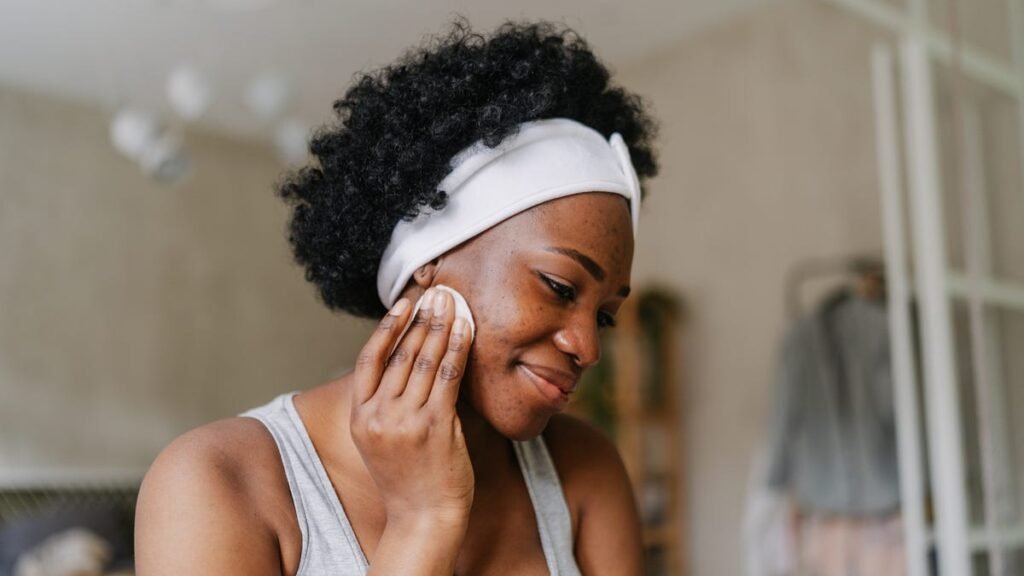The Truth About Pimple Patches: Effective Acne Solutions
When it comes to managing acne, many individuals seek efficient and swift remedies. While curing acne is a gradual process, pimple patches may offer a compelling solution for those in search of immediate relief.
What Are Pimple Patches?
Pimple patches are small, self-adhesive bandages designed specifically for treating blemishes. They act like mini-bandages that work to draw out excess fluid, sebum, and pus from pimples, promoting quicker healing. Dr. Susan Massick, a board-certified dermatologist, emphasizes their role in reducing inflammation and speeding up recovery.
Benefits of Using Pimple Patches
- Barrier Against Picking: For those who struggle with skin picking, pimple patches provide a protective barrier that minimizes the temptation to pop or scratch at blemishes, which can exacerbate inflammation.
- Infection Prevention: The patches guard against potential infections while allowing pimples to heal naturally, reducing the risk of scarring.
How Do Pimple Patches Work?
Pimple patches utilize hydrocolloid technology, similar to that found in wound dressings. The inner layer absorbs fluid, transforming into a gel, which is crucial for maintaining a moist environment conducive to healing. The waterproof outer layer seals this environment, ensuring optimal results.
- Moisture Retention: This hydrated setting helps reduce inflammation and promotes faster healing.
- Active Ingredients: Some patches contain actives like benzoyl peroxide, which can be effective but may irritate sensitive skin.
“If you have sensitive skin, opt for patches without harsh active ingredients that could aggravate your condition,” recommends Dr. Elle de Moll from Elite Dermatology.
Are Pimple Patches Effective?
The effectiveness of pimple patches largely depends on the type of acne being treated. They are best suited for:
- Surface Pimples: Smaller blemishes that are on or just beneath the skin.
However, pimple patches may not be suitable for:
- Cystic Pimples: These deeper, more painful blemishes typically require prescription treatments.
- Blackheads: Treatment for blackheads often combines retinoids and extraction methods.
How to Use Pimple Patches
To maximize the benefits, follow these expert recommendations:
- Clean Your Skin: Begin by thoroughly cleansing your face to remove makeup, sunscreen, and skincare products, ensuring a clean surface for the patch.
- Patch Test: If you have sensitive skin, perform a patch test elsewhere to check for any adverse reactions to the adhesive.
- Avoid Additional Products: Refrain from applying serums or heavy moisturizers beneath the patch, as these may hinder adhesion and effectiveness.
- Application Duration: For optimal results, leave the patch on for 12 to 24 hours. Change the patch when you notice white spots indicating it has absorbed fluid or if it begins to lose its stickiness.
- Post-Removal Care: Gently cleanse the area after removing the patch and apply a new one if necessary.
Conclusion: More than Just a Quick Fix
Pimple patches provide a practical solution for surface-level acne, helping to facilitate healing and flatten inflamed blemishes. However, it’s essential to remember that they do not address the underlying causes of acne. For persistent or severe issues, consulting a dermatologist is advisable for tailored treatment options.
Additional Resources
For comprehensive acne treatment methods, consider exploring {Healthline}, which offers insights into various skincare techniques and products.


